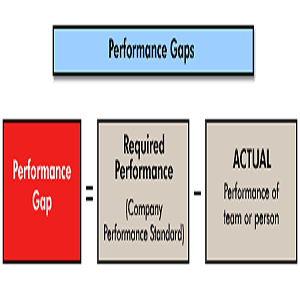How to Coach an Employee with a Bad Attitude

A bad attitude may be easily identified but can be difficult to deal with. What constitutes a bad attitude: it could be anything from eyes rolling to verbal abuse. It can be very difficult to change an employee’s attitude but you could correct the problems that cause it. Managing people is a great challenge and can test the skills of most experienced managers. Dealing with difficult people causes a lot of stress and keeps you emotionally unstable at times. Sometimes it can lead to termination of the employee. It also effects the overall environment of the office and the attitude of other employees. The manager could try to coach them with a constructive approach for improved results.
Instructions
-
1
First the manager needs to understand the difference between a bad attitude and a bad behavior. Attitudes can be subjective; what seems a problem to someone might be normal to another. Bad attitudes will lead to bad behaviors like refusing work, coming in late daily etc. Note down such behaviors which can be objectively dealt with. Keep a record of how the employee has been misbehaving and then approach him.
Image Courtesy: workplacepsychology.net
-
2
Conduct a coaching session. To assure that the session is productive, be specific in describing the behavior. If you talk generally that the employee is moody, that will not help with the situation at all. Go about in neutral terms pointing out missed deadlines, unanswered messages etc. Do not only believe what others have told you, observe the behaviors yourself. Tell the employee the time and date of when the behavior occurred and how it is against the company’s code of conduct. After you have encountered the employee about these events, you need to talk to the employee. Discuss the problem with him and make him agree that there exists an issue. If the employee gets defensive throughout, it means he doesn’t agree that there is an issue. Talk in factual terms to make him understand. If he agrees to you, that means he is ready to work on the behavior.
Image Courtesy: salesprogress.com
-
3
Analyze the reasons for the performance gaps. This is important information as it determines the bad behavior. It will help the manager to take any action required to improve the situation. This way the employee will also start to take some responsibility of his actions to fill the performance gaps. During the coaching session, try to be a good listener, ask relevant questions and have constructive discussions. It will ensure a healthy communication.
Image Courtesy: tle.tafevc.com.au







